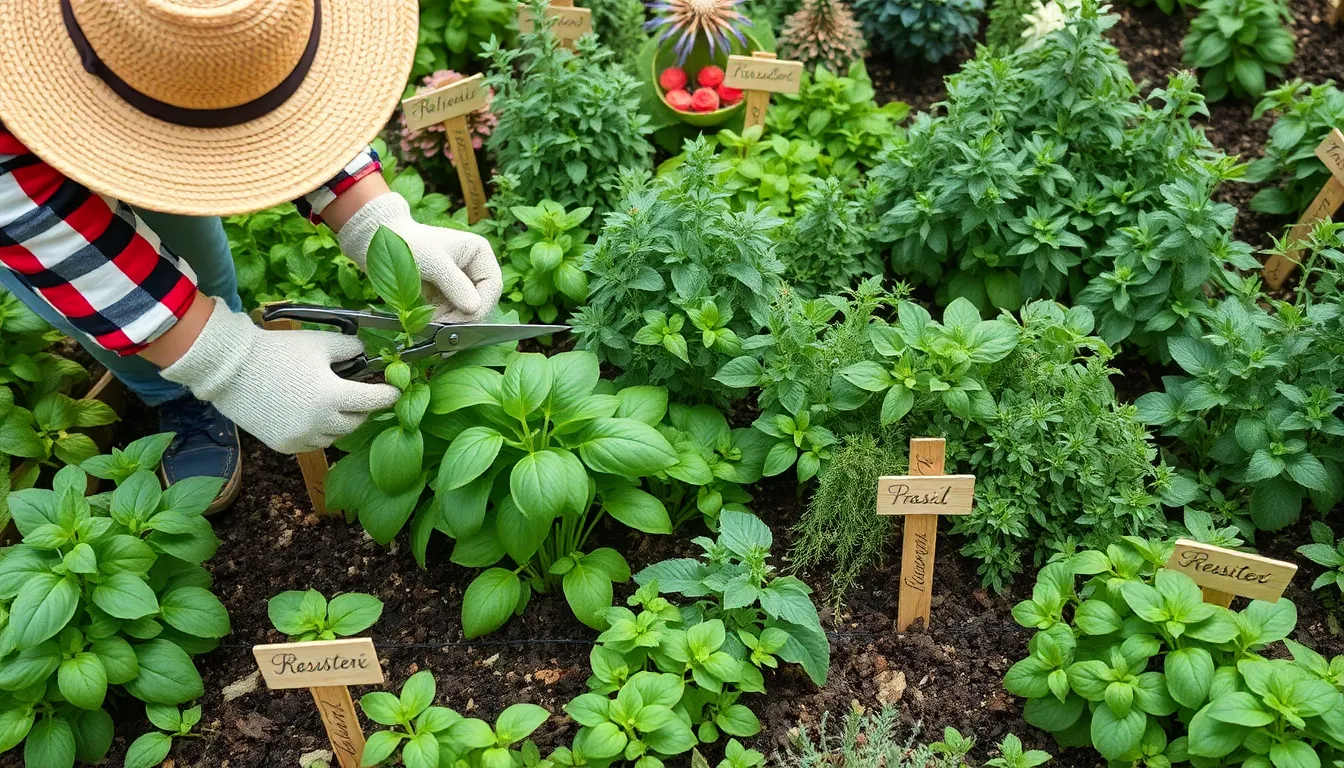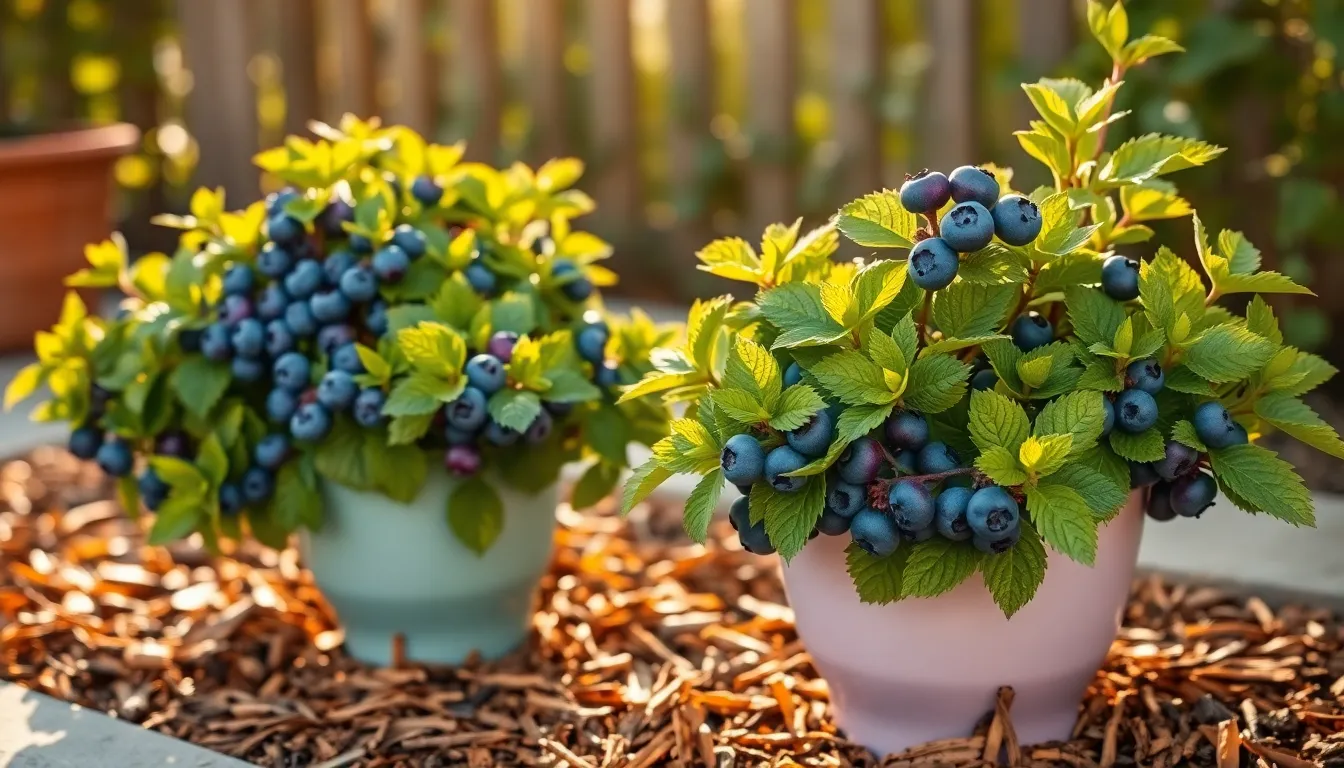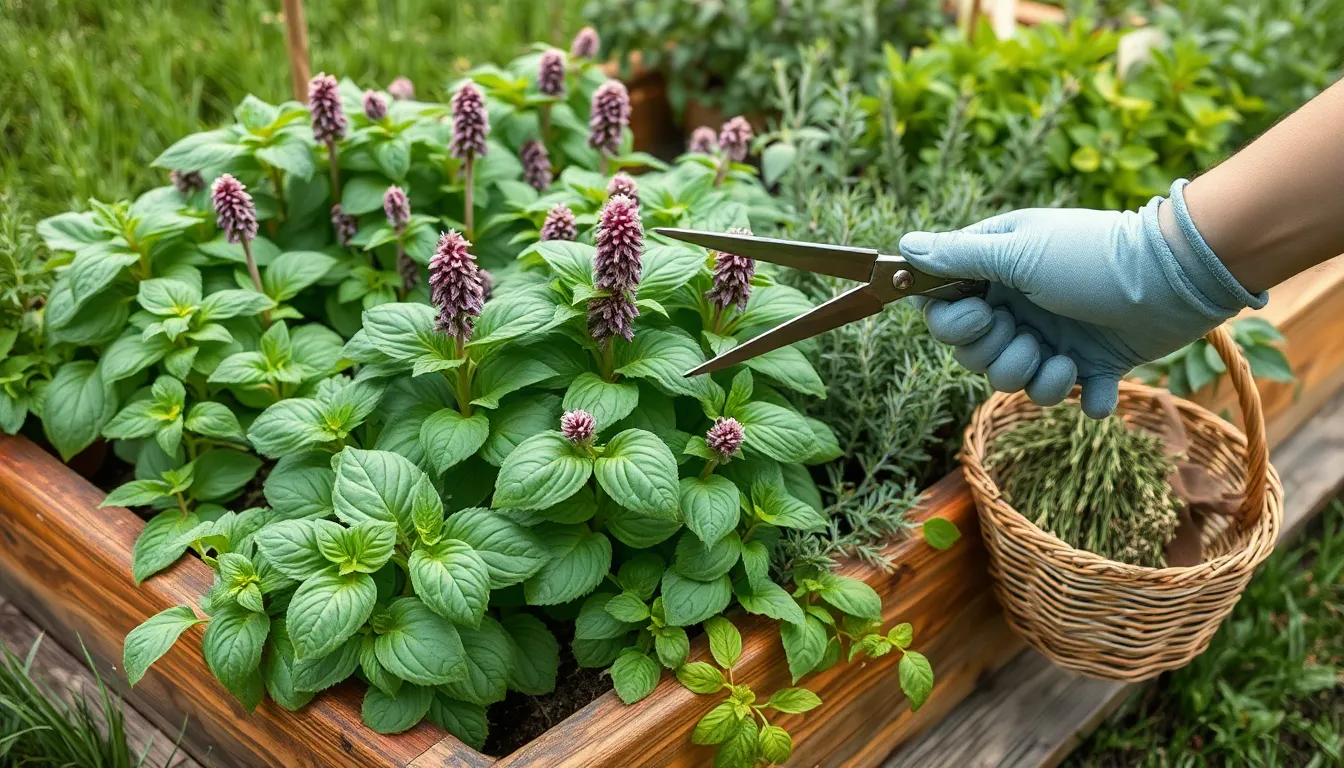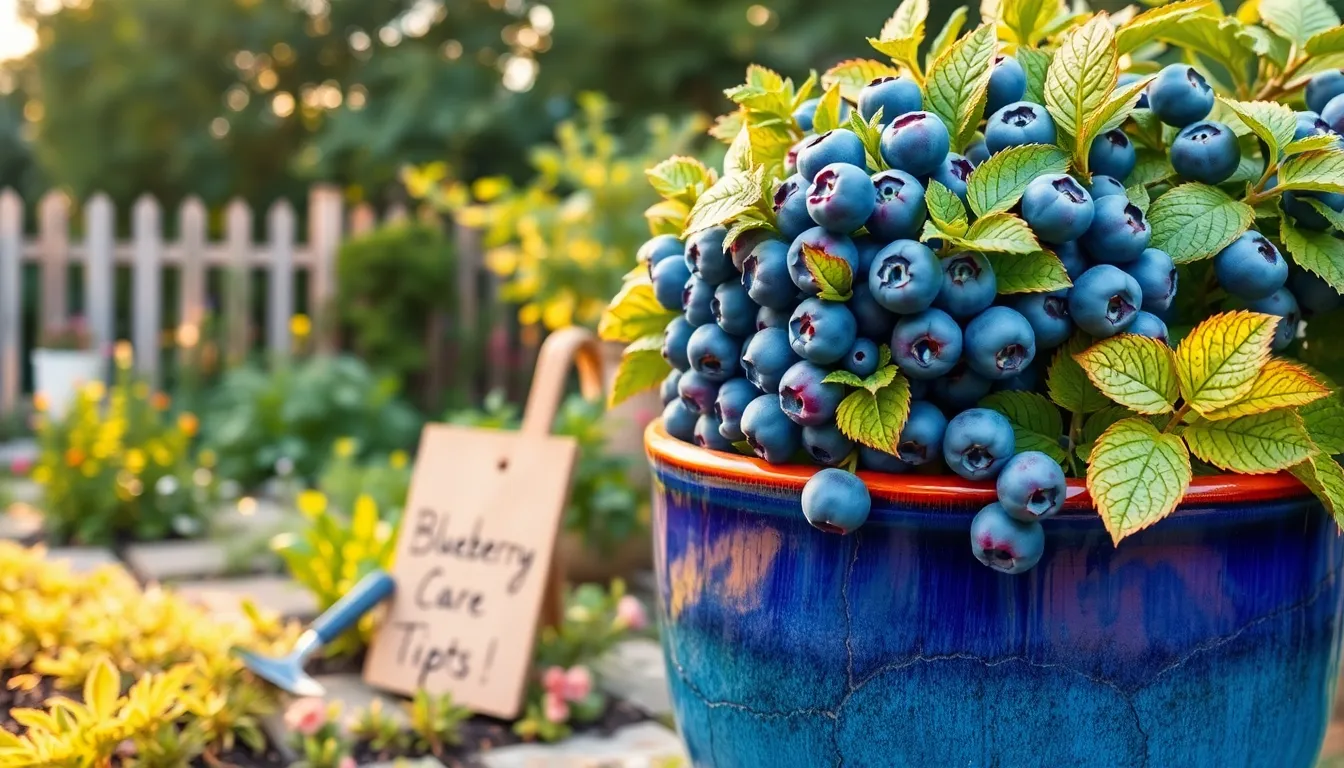There’s a certain magic in the garden when the fragrant leaves of basil, mint, or rosemary reach their peak, ready for a gentle harvest. Whether you’re a novice gardener just dipping your toes into the world of herbs or a seasoned green thumb looking to refine your technique, understanding the delicate balance of harvesting without harming your plants is crucial.
Harvesting herbs might seem as simple as snipping a few leaves, but timing and method can make a significant difference to the health and productivity of your plants. In the following sections, you’ll discover how to maximize your harvest by learning the ideal frequency and techniques for picking herbs, ensuring your plants continue to thrive.
We’ll explore the nuances of various popular herbs, offering tailored tips to keep your garden lush and bountiful. With this knowledge in hand, you’ll be able to confidently gather flavorful, aromatic herbs while fostering robust plant growth, transforming your garden into a sustainable source of culinary inspiration.
Understanding Herb Growth Cycles
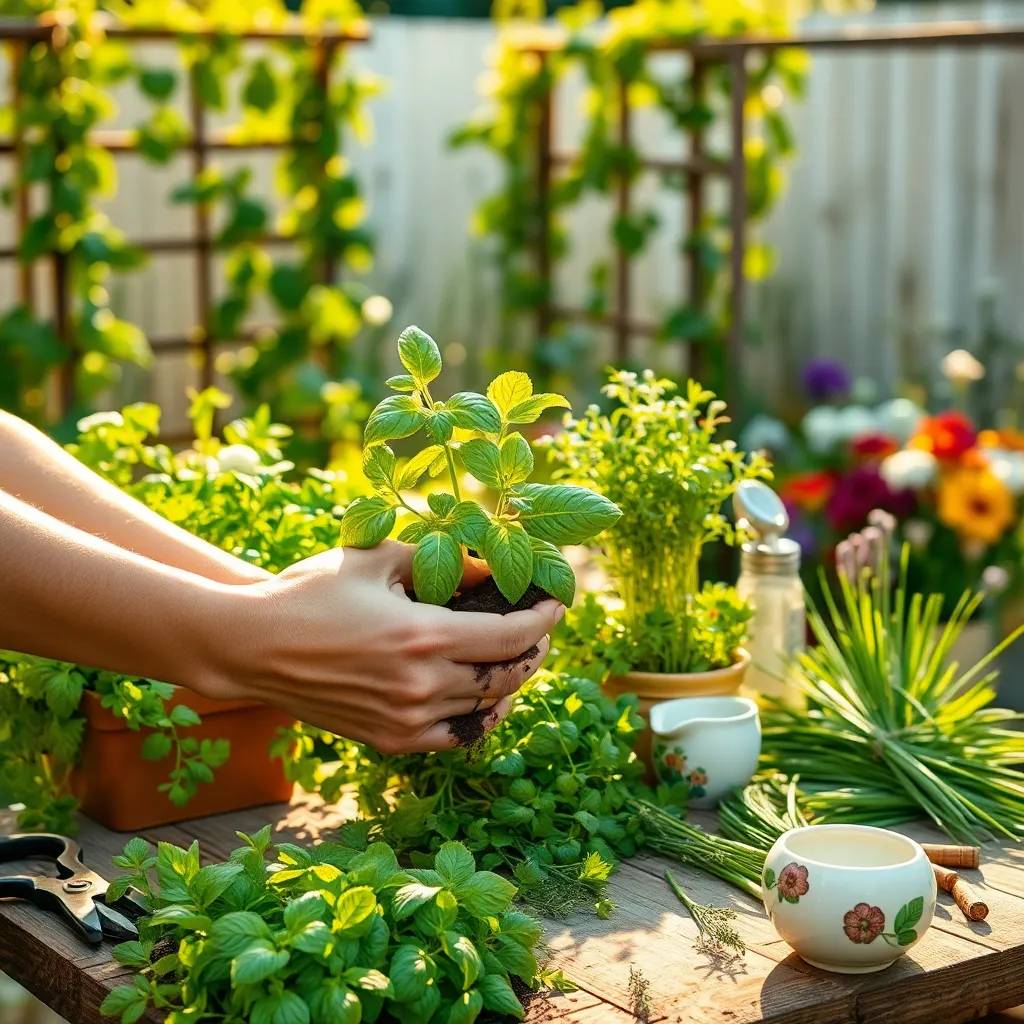
Herbs have distinct growth cycles that are crucial to understand for optimal harvesting. Knowing whether your herb is an annual, biennial, or perennial will help you plan your harvesting schedule effectively.
Annual herbs like basil complete their life cycle in one season, requiring careful timing to maximize yields. Harvest basil regularly by pinching off the top leaves to encourage bushier growth and prevent flowering.
Biennial herbs such as parsley grow leaves in their first year and focus on seed production in the second. To maintain leaf production, remove flower stems as they appear, concentrating energy on foliage rather than seed development.
Perennial herbs like rosemary can be harvested year-round but require a more restrained approach to avoid stressing the plant. Aim to trim no more than one-third of the plant at a time, ensuring the plant has ample foliage to continue photosynthesis.
For all herbs, consider the plant’s growing conditions, such as sunlight and soil type, to support vigorous growth. Ensure they have well-draining soil and receive adequate sunlight, typically about six hours a day, to maintain health and productivity.
Signs Your Herbs Are Ready
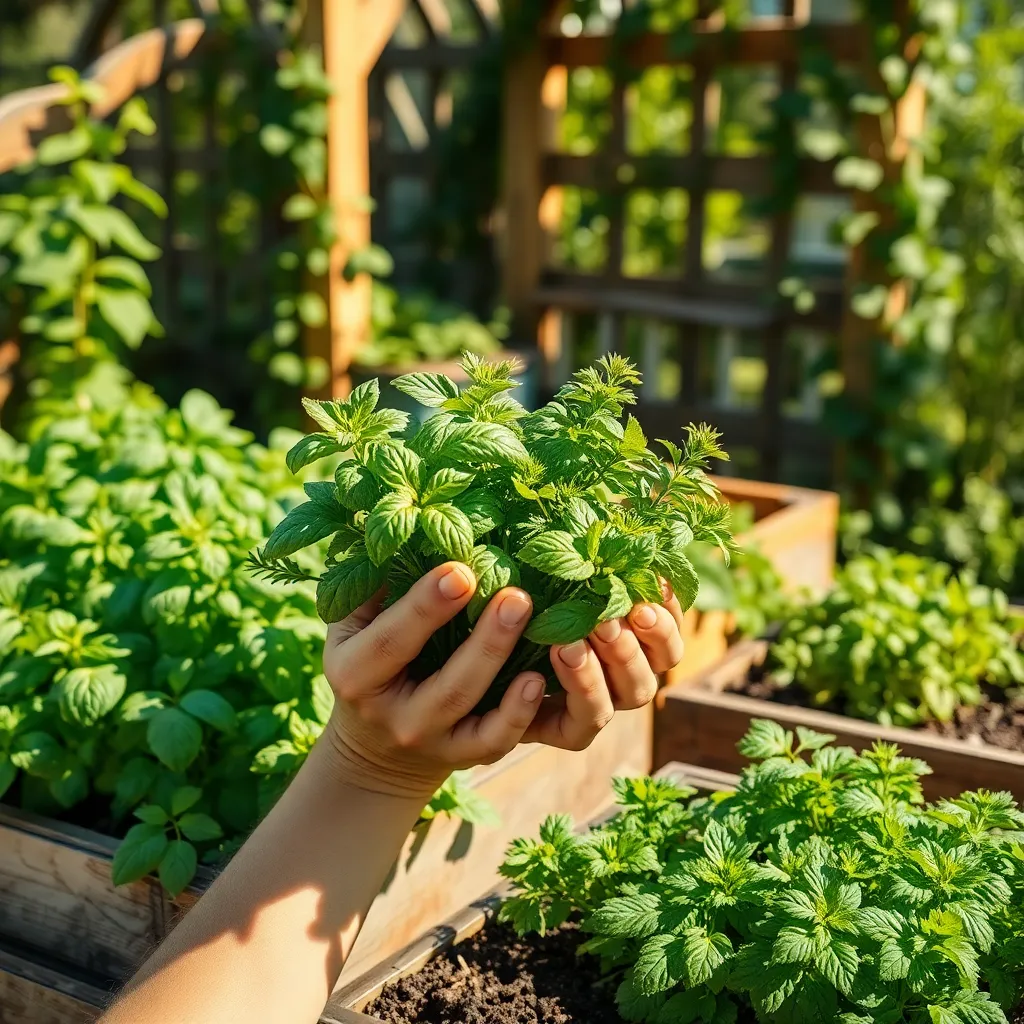
Knowing when your herbs are ready for harvest is crucial for maintaining healthy plants. One of the clearest signs is when the plant has produced enough mature leaves to sustain itself after cutting, usually after the plant has at least four to six inches of growth.
For most herbs, it’s best to harvest in the morning when the essential oils are at their peak. This enhances flavor and aroma, making your harvest more satisfying and potent.
Regularly check your herbs for signs of readiness, such as a vibrant color and a strong, characteristic aroma. These indicators suggest that the plant is healthy and has the nutrients needed to recover after harvesting.
It’s important to use clean, sharp scissors or pruning shears to avoid damaging the plant. This promotes quicker recovery and reduces the risk of disease, ensuring a longer productive life for your herbs.
For beginners, start by harvesting just a few sprigs at a time to gain confidence. Experienced gardeners might consider leaving some plants to flower for seed collection or attracting beneficial pollinators.
Consider the growth habits of specific herbs—for example, basil benefits from regular pinching to encourage bushier growth. Conversely, woody herbs like rosemary and thyme should be pruned carefully to maintain their shape and health.
Optimal Harvesting Frequency Guide
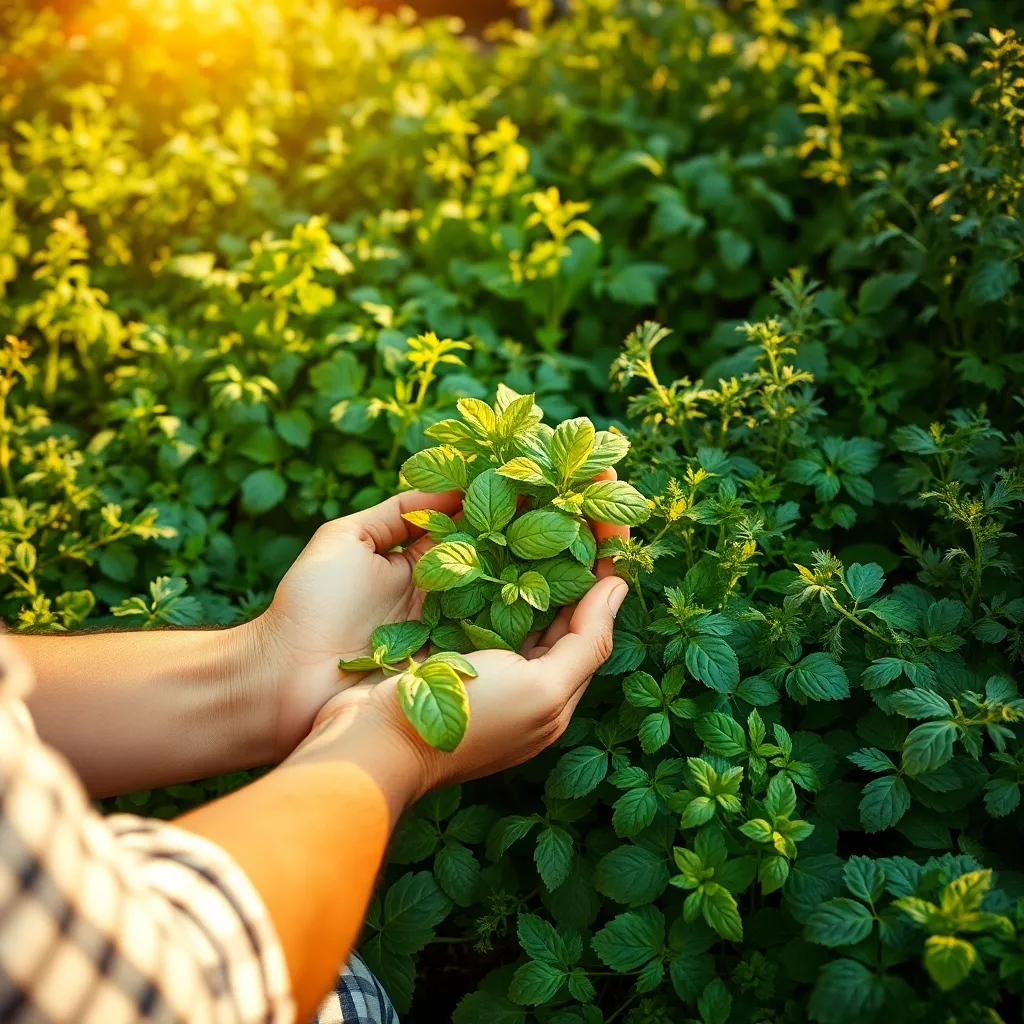
When it comes to harvesting herbs, frequency is key to maintaining healthy plants. For most herbs, such as basil and mint, you should aim to harvest every 1 to 2 weeks during the growing season to prevent them from becoming leggy and promote bushier growth.
Start by using sharp scissors or pruning shears to snip off the top sets of leaves, which encourages the plant to grow more vigorously. It’s essential to leave at least one-third of the plant intact, allowing it to photosynthesize and continue thriving.
For herbs like parsley and cilantro, which grow from the center, consider cutting the outer leaves first. This method ensures that the plant continues producing fresh foliage from its core, resulting in a more abundant yield over time.
To enhance your herb garden’s productivity, ensure the plants receive adequate sunlight, ideally six hours a day, and are planted in well-drained soil. Regular watering is crucial, but be careful not to overwater, especially for Mediterranean herbs like rosemary and thyme, which prefer drier conditions.
More experienced gardeners might experiment with succession planting to maintain a continuous supply of fresh herbs. By staggering planting times every few weeks, you ensure that new plants are ready to be harvested just as older ones start to decline.
Ultimately, the goal is to strike a balance between harvesting enough to enjoy fresh herbs regularly and allowing the plant to sustain itself. With consistent care and attention, you’ll find your herb garden flourishing, ready to spice up your culinary creations.
Techniques for Sustainable Harvesting
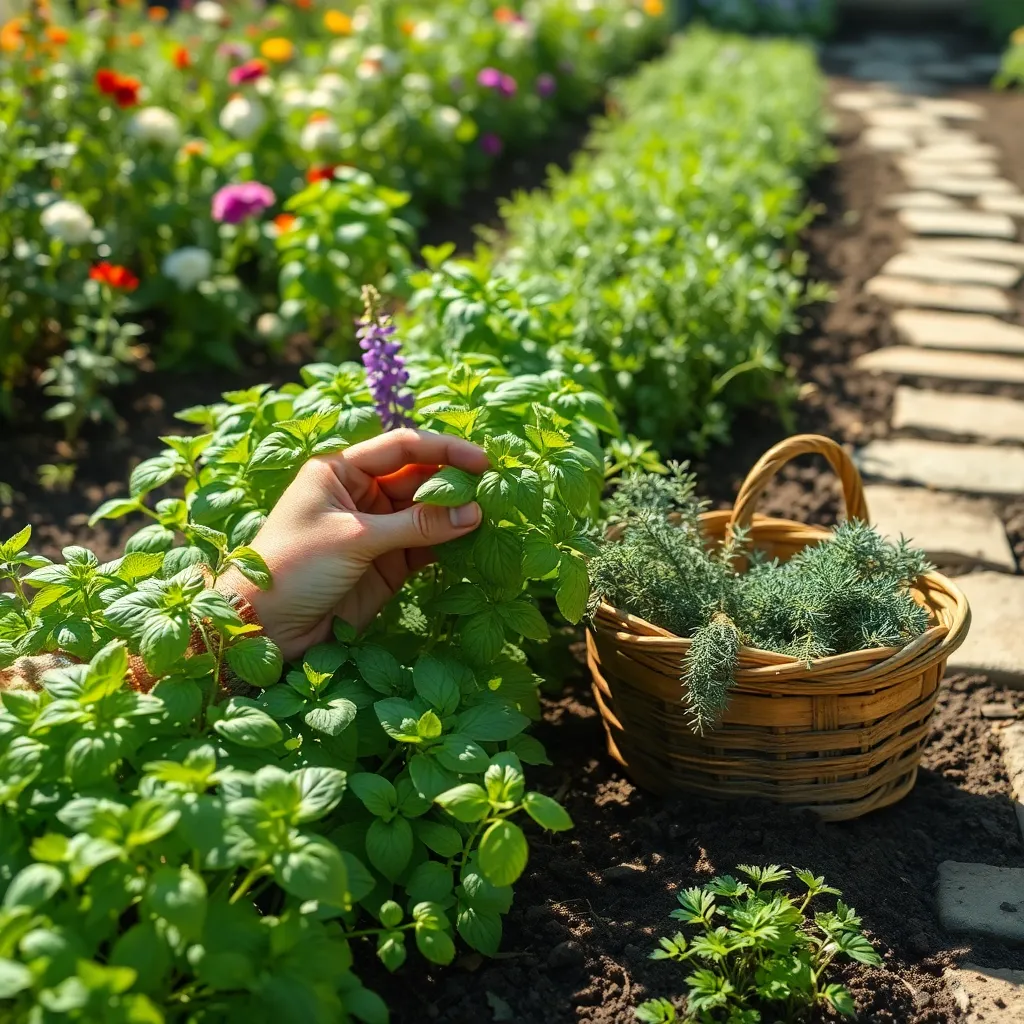
To practice sustainable harvesting, it’s essential to focus on removing only a portion of the plant at a time. Aim to harvest no more than one-third of the plant’s growth to ensure it can continue to thrive and produce.
Begin by identifying the healthiest stems and leaves, as these will provide the best flavor and ensure the plant’s continued vitality. Using sharp, clean scissors or pruning shears, make clean cuts to reduce the risk of disease and encourage healthy regrowth.
Regular harvesting encourages herbs to grow bushier and more prolific, which in turn supports sustainable practices. By harvesting frequently and in smaller amounts, you’ll help the plant maintain its energy and promote continuous growth cycles.
For more advanced care, consider the season and weather conditions when planning your harvest. During cooler months, allow the plant to retain more foliage for insulation, while in warmer weather, you can afford to harvest a bit more aggressively.
- Water your herbs early in the morning to ensure they are well-hydrated before harvest.
- Apply a balanced organic fertilizer every few weeks to replenish nutrients lost during harvesting.
- Mulch around the base of the plants to retain moisture and suppress weeds.
Experiment with different harvesting intervals to find what works best for each herb species in your garden. This trial and error will enhance your understanding of each plant’s growth habits and overall resilience.
Post-Harvest Plant Care Tips
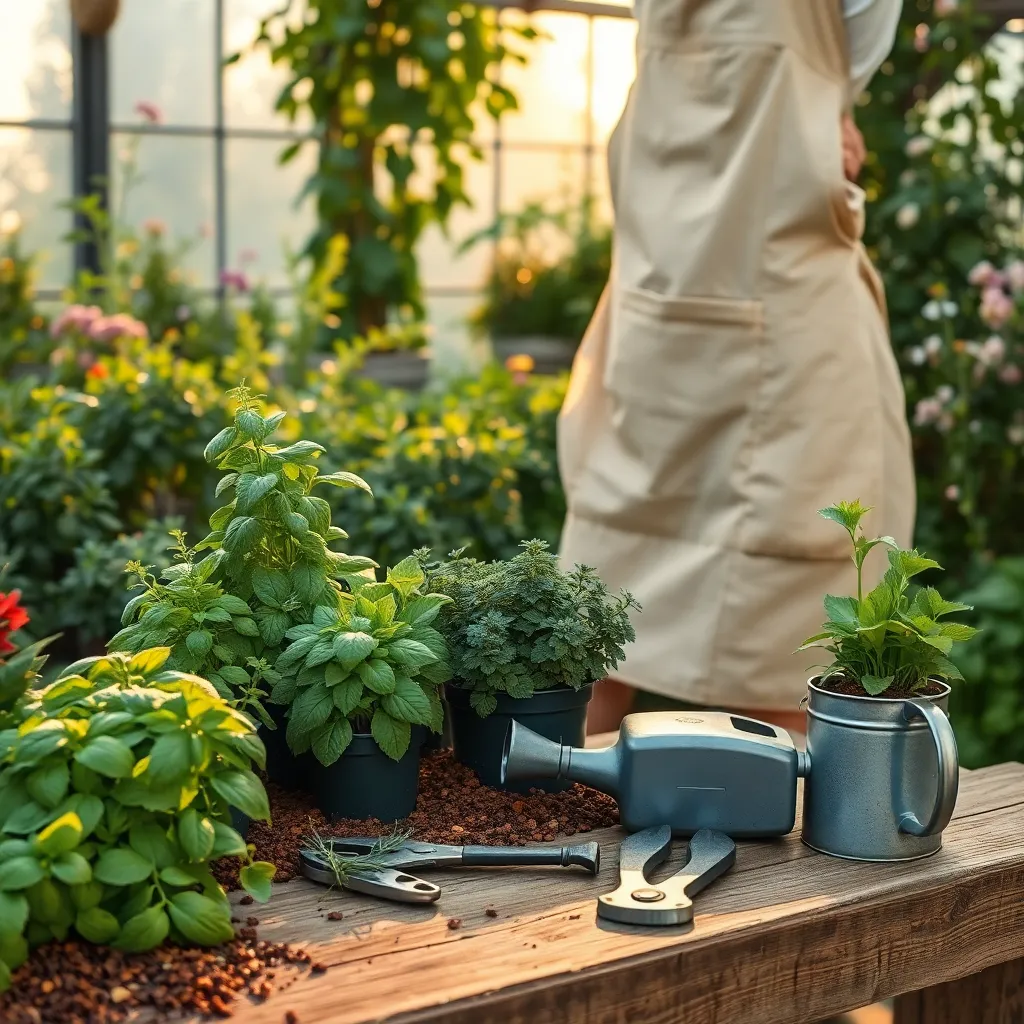
After harvesting your herbs, it’s essential to give them the care they need to continue thriving. Begin by checking the soil moisture; herbs typically prefer soil that is well-drained but not bone dry. Water your herbs deeply but infrequently, allowing the top inch of soil to dry out between waterings to prevent root rot.
Pruning is another critical step post-harvest to encourage new growth. Use clean, sharp scissors to trim back any dead or damaged leaves, as this helps maintain the plant’s overall health. Focus on removing stems that are woody or overgrown to promote lush, new growth.
Feeding your herbs after harvesting can give them the nutrients they need to recover and grow vigorously. Use a balanced, organic fertilizer, applying it according to the package instructions to avoid over-fertilization. For an eco-friendly option, consider using compost tea, which provides a gentle nutrient boost.
For advanced care, especially in colder climates, consider mulching around your herbs after harvesting. This not only helps retain soil moisture but also protects the roots from temperature fluctuations. Choose organic mulches like straw or shredded leaves to enhance the soil’s fertility as they break down.
Conclusion: Growing Success with These Plants
In nurturing your most cherished relationships, understanding how to “harvest” without causing harm is crucial. First, we explored the importance of regular, gentle communication to keep your connections vibrant, much like the careful trimming of herbs. Next, we highlighted the significance of recognizing each other’s boundaries, akin to knowing when to stop pruning to ensure growth. Third, we delved into the art of giving space, reflecting the need for plants to rest and rejuvenate. Fourth, we emphasized the value of appreciating uniqueness, just as each herb has its distinct needs and benefits. Lastly, we underscored the necessity of nurturing with patience, knowing that relationships, like gardens, flourish over time.
Your next step? Reflect on one relationship in your life and apply these principles today. Perhaps initiate a heartfelt conversation or simply express gratitude.
Remember, just as a well-tended garden thrives, so too will your relationships when nurtured with care and understanding. Save or bookmark this article now for when you need a gentle reminder of these nurturing practices. As you cultivate these habits, envision a future where your relationships are as robust and flourishing as a bountiful garden. Let this be your guide to growing love and connection.

